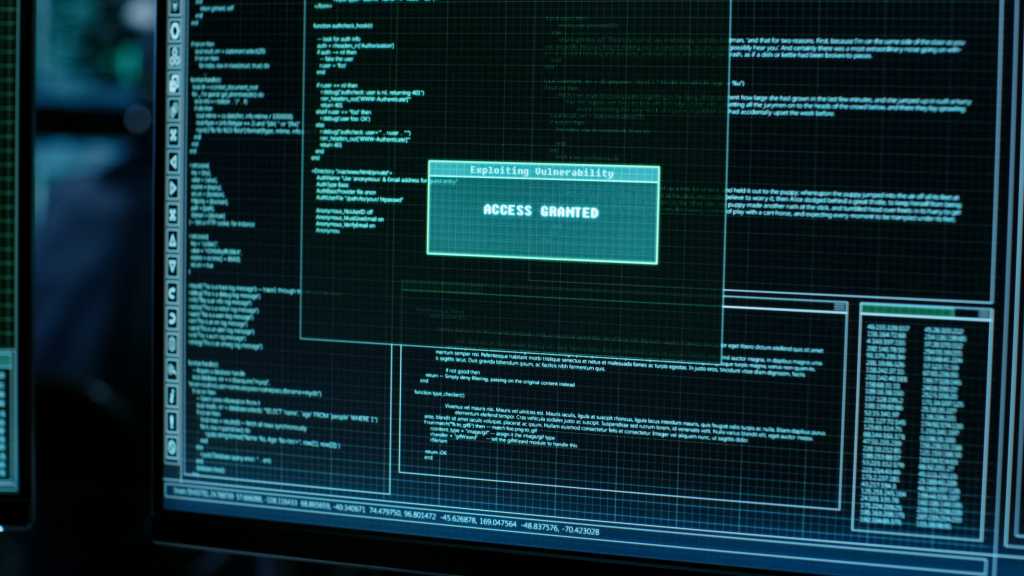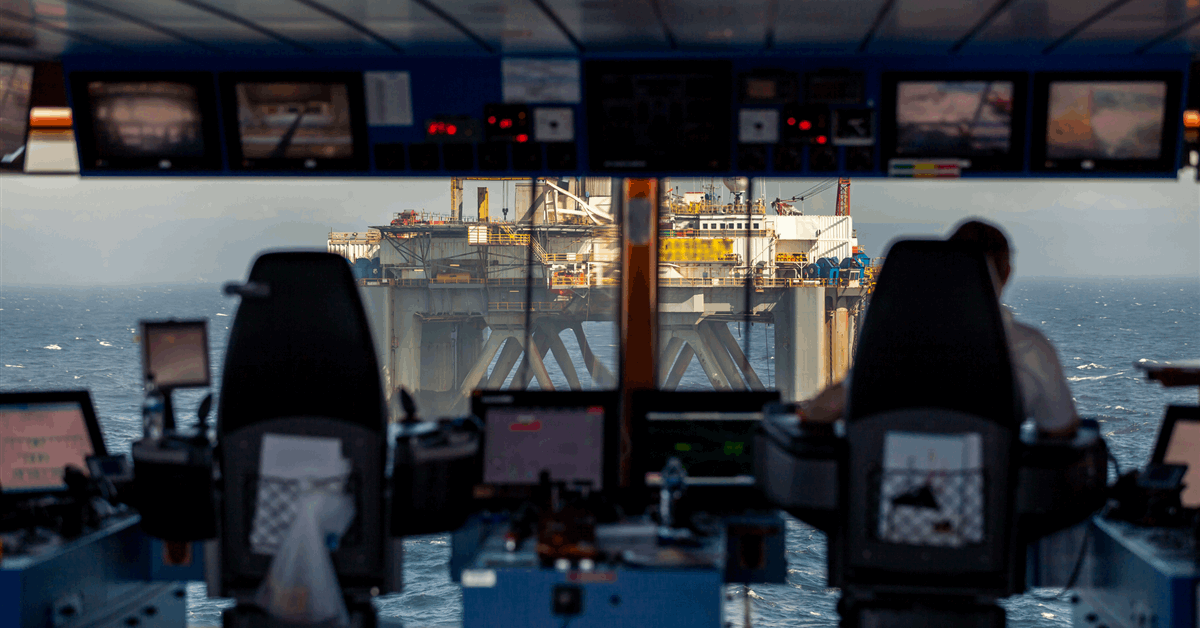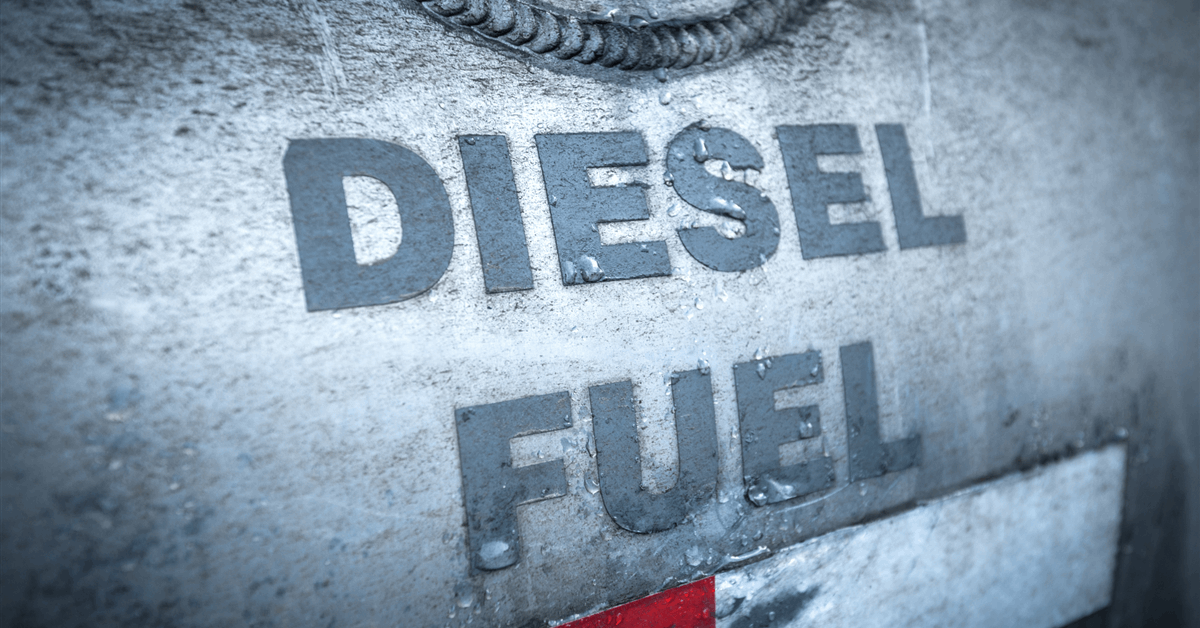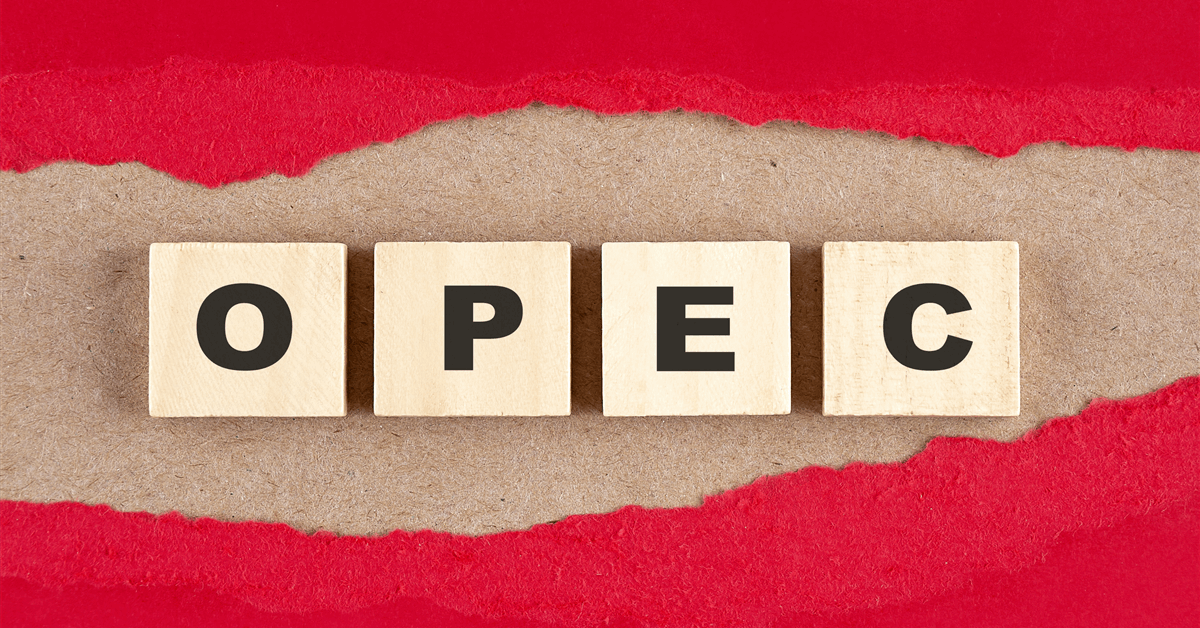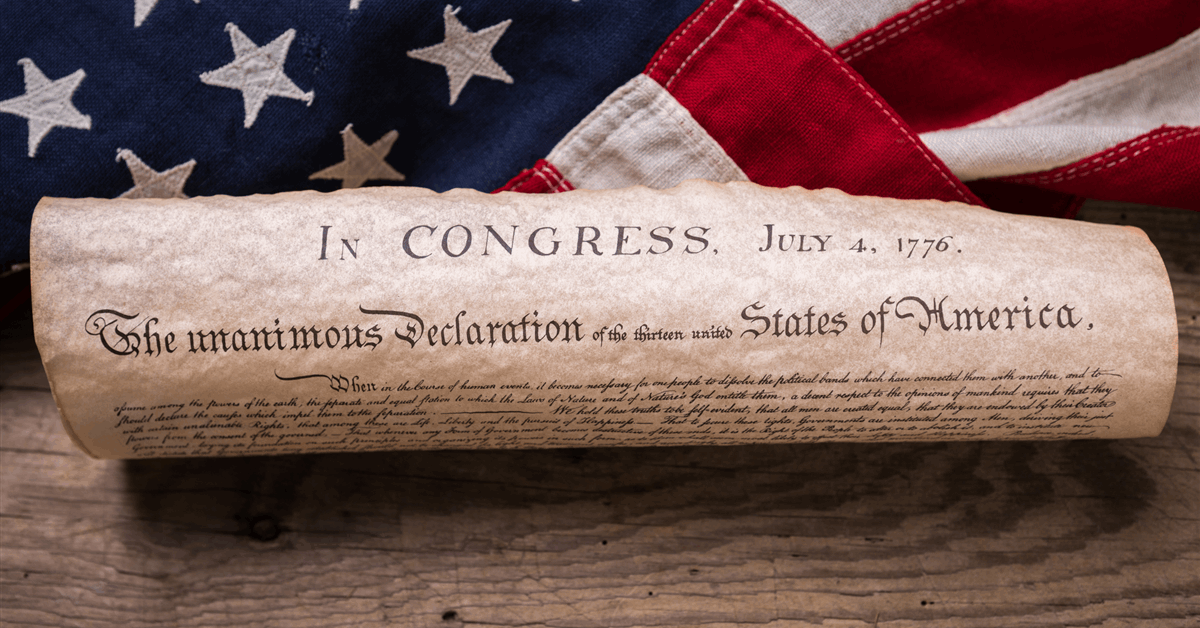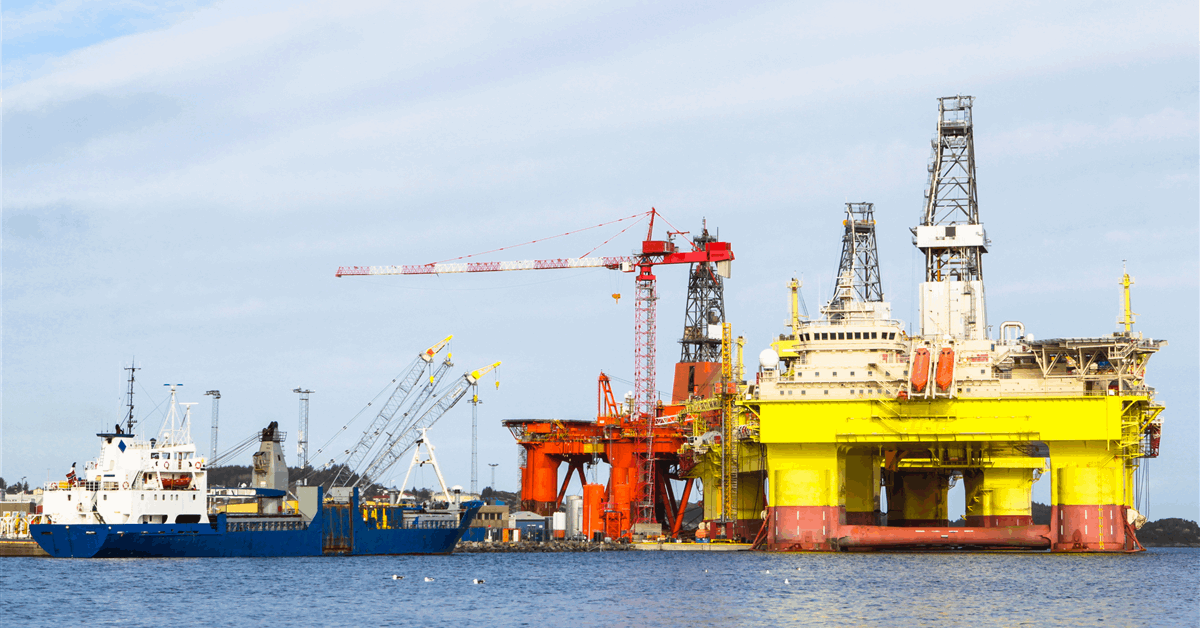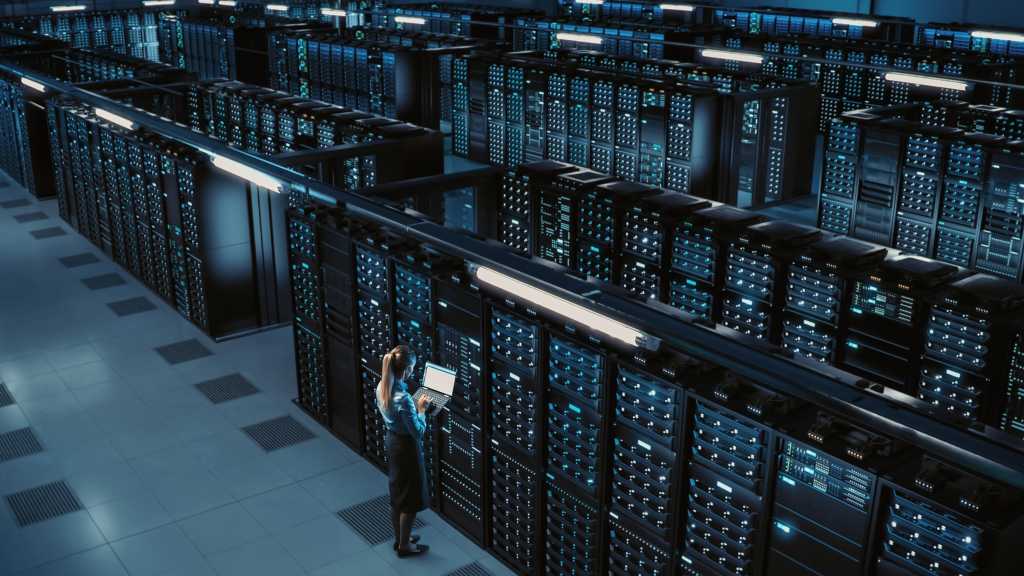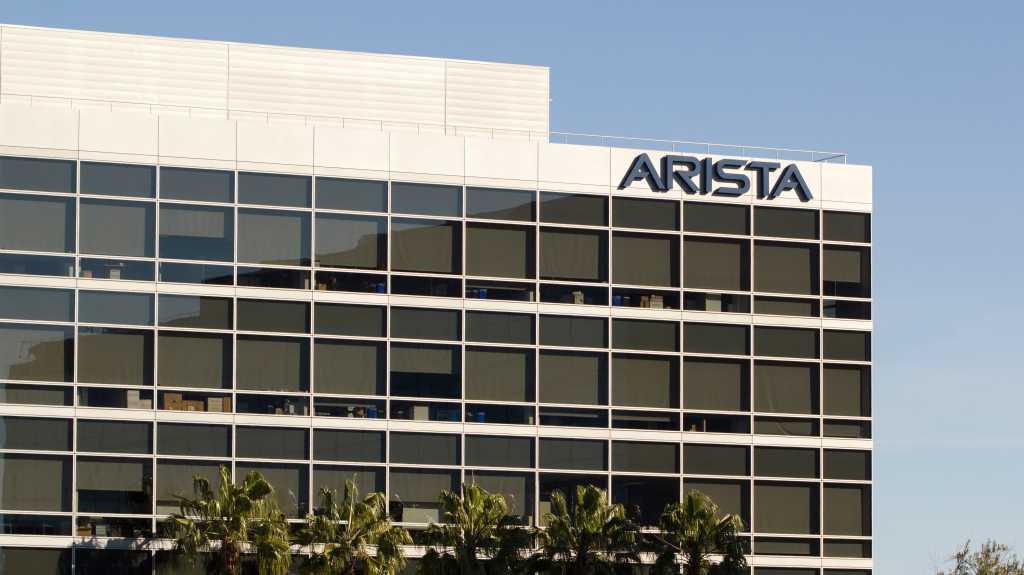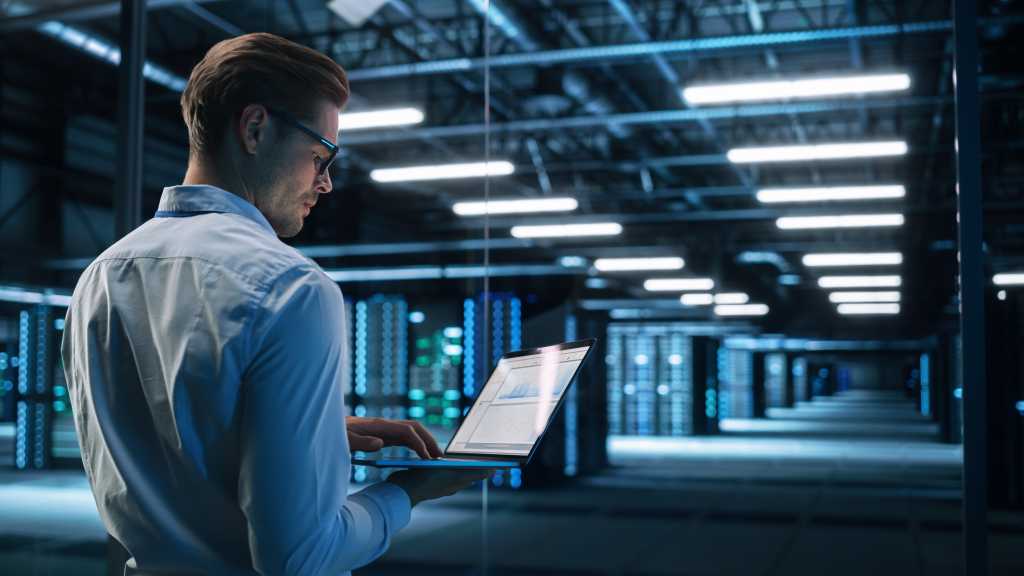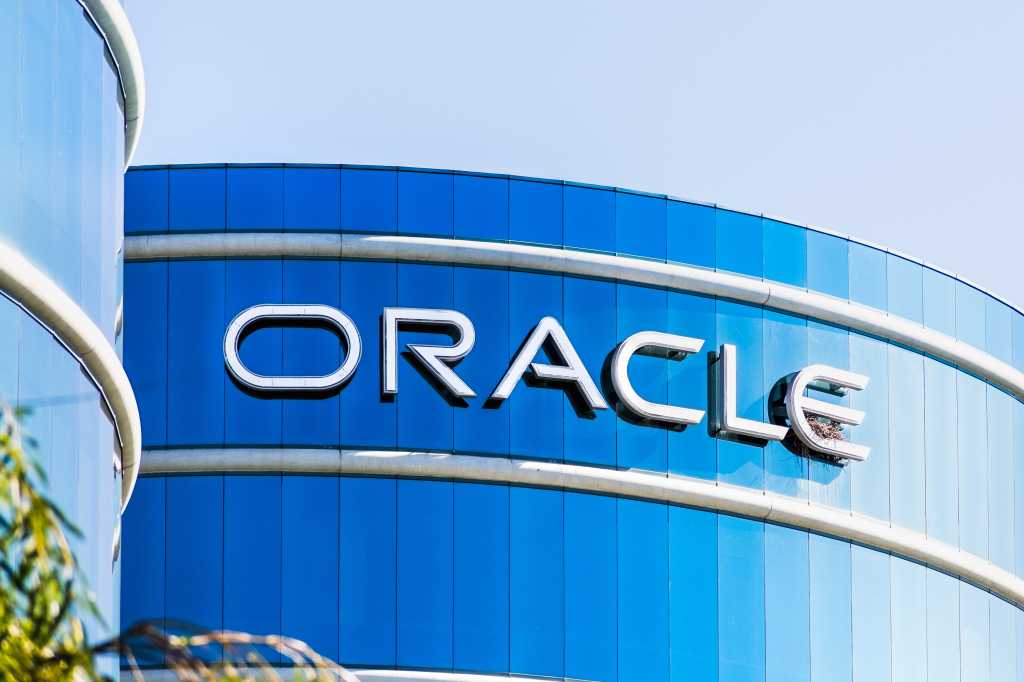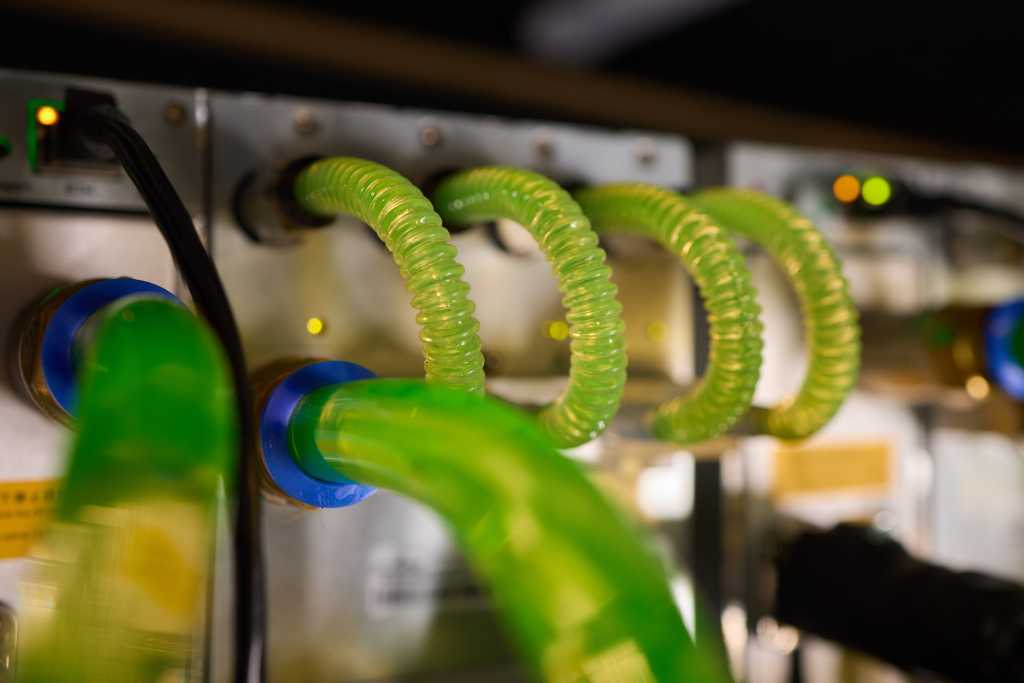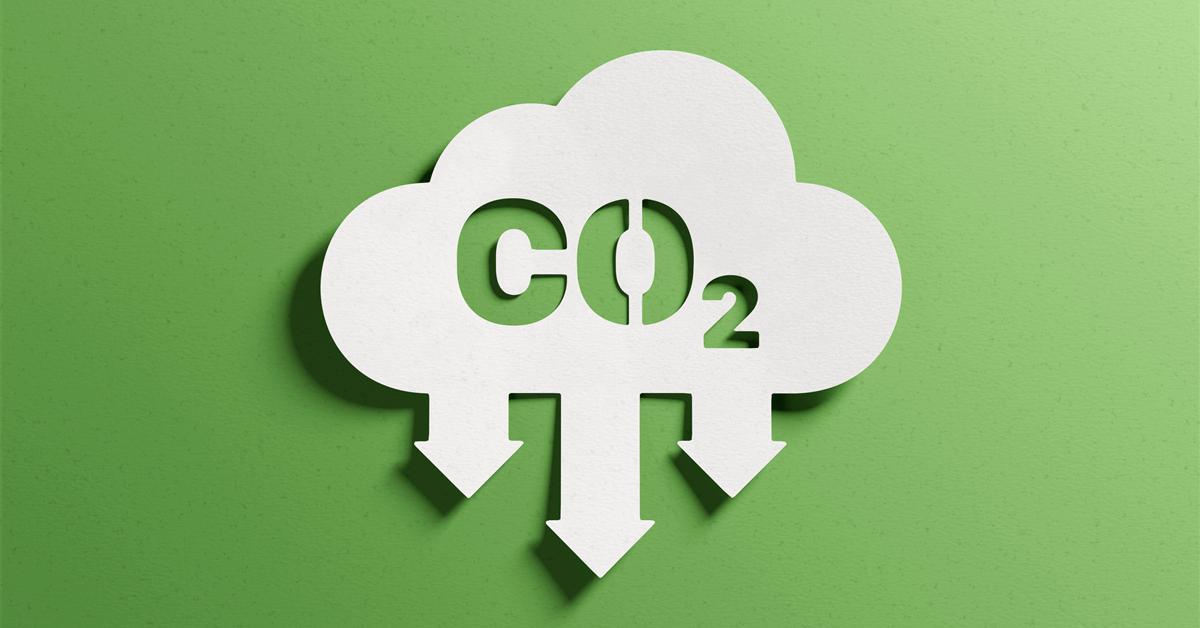
The Moomba carbon capture and storage (CCS) project onshore South Australia stored 340,000 metric tons of carbon dioxide equivalent (CO2e) at yearend after starting service October 2024, operator Santos Ltd. has said, touting the facility as a showcase of Australia’s potential for the technology.
“The technology and reservoir is [sic] performing as expected, putting Moomba CCS on track to safely and permanently sequester up to 1.7 million tonnes per annum of CO2e, depending on CO2 availability”, the local gas and oil company said in an online statement.
A recent analysis by the Institute for Energy Economics and Financial Analysis (IEEFA) of another Australian CCS project found underperformance and cast doubt about the technology’s viability for abating emissions.
The Chevron Corp.-led Gorgon CCS injection system captured, in the last Australian fiscal year (July 2023-June 2024), just 30 percent of the CO2 emitted from natural gas extraction by the Gorgon LNG and domestic gas project, IEEFA reported November 28, 2024.
Gorgon CCS had been approved on the condition it captures, on a five-year rolling average from 2016, at least 80 percent of CO2 emissions from wells drilled for the gas facility, according to information published online by Chevron Australia Pty. Ltd.
Santos assured its project “is delivering immediate and real large-scale emissions reduction for the company and for Australia at a very competitive lifecycle cost”.
“The project is providing a real confidence boost for the potential of CCS technology to help Australia reach net zero and decarbonize faster, at scale and affordably”, the Adelaide-based exploration and production company added.
At a full injection rate, Moomba CCS avoids more CO2 in four days than what 10,000 electric vehicles save in one year, according to Santos.
“And in just one year, Moomba CCS will achieve around 28 percent of the total emissions reduction achieved by Australia’s entire electricity sector in 2023”, it said.
The project injects into depleted reservoirs near the Moomba oil and gas gathering and processing complex, which serves the onshore Cooper and Eromanga basins. Santos operates Moomba CCS with a 66.7 percent stake. Beach Energy Ltd., also a local oil and gas exploration and production player, holds the remaining interest.
Santos chief executive and managing director Kevin Gallagher commented, “In bringing this project to fruition, I believe we have also started an incredible new chapter in Australia’s energy transition, which will lead us to become a carbon capture and storage superpower”.
“Policymakers should seize the opportunity to deploy CCS to reduce emissions faster, at scale and cost competitively – particularly when Australia has a unique and natural advantage in carbon capture and storage that is complemented by a well-established, world-class regulatory regime administered by the Clean Energy Regulator”, Gallagher added.
“CCS is the one technology with real potential to abate emissions at scale and that’s why projects like Moomba CCS are so important to help make net zero a reality,” Gallagher said.
Australian Potential
Santos aims to establish a carbon storage business with a capacity to permanently store 14 million metric tons per annum (MMtpa) of third-party CO2e emissions by 2040, it declared November 19, 2024.
The Cooper and Eromanga basins alone hold the potential for injection of up to 20 MMtpa of CO2e for up to 50 years, according to Santos.
“Australia has a natural competitive advantage in CCS with known high-quality, stable geological storage basins capable of injection at a rate of 300 million tonnes per annum for at least 100 years”, it said in the Moomba CCS update.
Third-Party Emissions
Santos has secured agreements with potential domestic and overseas clients for its first CCS project. This interest “provides strong momentum for Moomba CCS phase two as a commercial service”, Gallagher said October 17, 2024, as the company announced start-up.
In 2023 two Japanese companies came on board Moomba CCS after Australia passed controversial legislation that would allow foreign companies to ship CO2 via Australian waters.
“The signing of a memorandum of understanding between Santos, JX Nippon Oil & Gas Exploration Corporation and ENEOS Corporation paves the way for a joint feasibility study that will evaluate the potential to capture, transport and sequester emissions from Japan, supporting expansion of the Moomba CCS project”, Santos said December 18, 2023.
“The aggregation and management of carbon at Moomba would also support Santos’ Energy Solutions low-carbon fuels ambitions and complement current studies with Tokyo Gas and Osaka Gas for potential low-carbon e-methane production in the Cooper Basin.
“This would facilitate the export of e-methane, made by combining green hydrogen with CO2 obtained from industrial emissions or direct air capture in a circular economy”.
The companies agreed to study the potential of importing CO2 from Japan to Moomba CCS via either Gladstone, Queensland or Port Bonython, South Australia. The import targets are five MMtpa by 2030, 10 MMtpa by 2035 and 20 MMtpa by 2040.
“The CO2 target set for 2040 in this study is equivalent to delivering – every year – triple the total emissions reduction achieved in Australia’s electricity sector last year [2022]”, Gallagher said then. “It also equates to around two-thirds of Santos’ total annual Scope 3 emissions today or almost four times our current annual Scope 1 and 2 emissions – it’s huge”.
Santos had signed a similar agreement with Australian power producer and gas distributor APA Group. “The collaboration will include an assessment of CCS pipeline transport routes from key emission sources in Gladstone, Port Bonython and Greater Sydney to the Moomba CCS facility in the Cooper Basin”, Santos said November 22, 2023.
Santos also announced at the time an agreement with Abu Dhabi National Oil Co. for potential cooperation in the development of CCS technologies and the provision of CCS services such as shipping, as well as potential joint investments in CCS projects.
Gorgon CCS
The IEEFA report last November said there has been a trend of underperformance among CCS projects across the globe and that the Gorgon CCS project calls into question “the financial viability of ambitious CCS plans by Australian governments and companies”.
Gorgon CCS captured 44 percent of CO2 removed during gas extraction between FY 2019-20 and FY 2023-24, according to the Cleveland, Ohio-based think tank.
Chevron Australia has not responded to a request for comment emailed by Rigzone about the IEEFA analysis. However, it says in an online project factsheet it is “committed to increasing carbon dioxide injection rates at Gorgon CCS in accordance with its environmental approvals”.
“A project has commenced that aims to expand the system’s capacity to manage water found within the reservoir where carbon dioxide is stored, thereby reducing reservoir pressure and enabling increased carbon dioxide injection rates”, the fact sheet says.
“In addition to this project, Chevron Australia continues to explore options to further increase carbon dioxide injection rates within the system”, it adds.
To contact the author, email [email protected]


